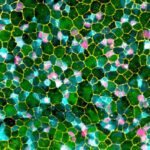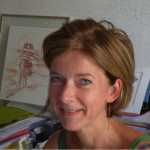About
Vertebrate adult neural stem cells (NSCs) are generally quiescent, and the frequency of their cell cycle re-entry (“activation”) conditions their lifespan. Little is known of the molecular pathways controlling the NSC quiescence/activation balance. We recently identified that Notch3 signaling (and possibly downstream bHLH transcription factors such as Her4 and Hey1) promote quiescence and/or stemness, but other pathways are likely at play. In addition, our observations suggest that heterogeneities exist within the quiescence state: (i) between quiescent telencephalic NSCs in adult (we can distinguish Her4high and Her4low NSCs); (ii) between telencephalic and tectal NSCs in adult (telencephalic NSCs activate more frequently than tectal NSCs); and finally (iii) with age along life (deeply quiescent NSCs in the adult telencephalon actively localize miR-9 to the nucleus and this is necessary for quiescence, while quiescent NSCs in juveniles do not localize microRNA-9 to the nucleus).
This project aims to compare the transcriptome of these different quiescence sub-states between each other and with the activated state. This will reveal whether the different quiescence substates exhibit different molecular signatures, and will open the way for functional testing.




